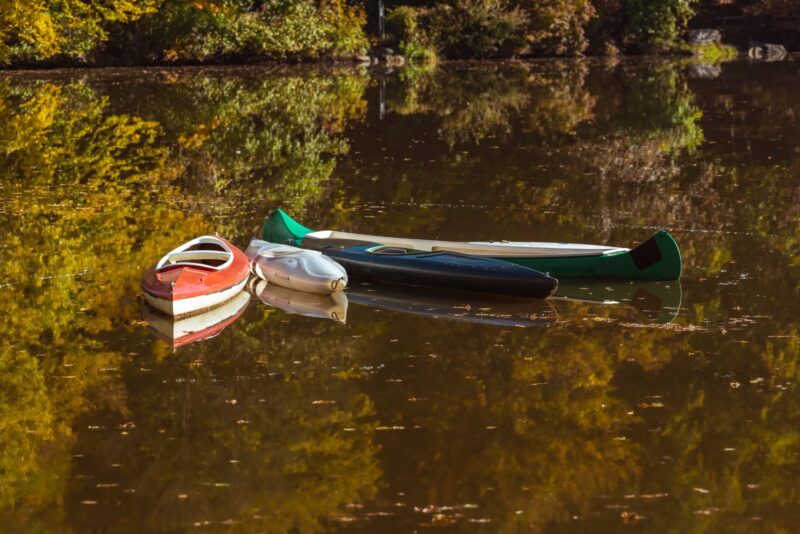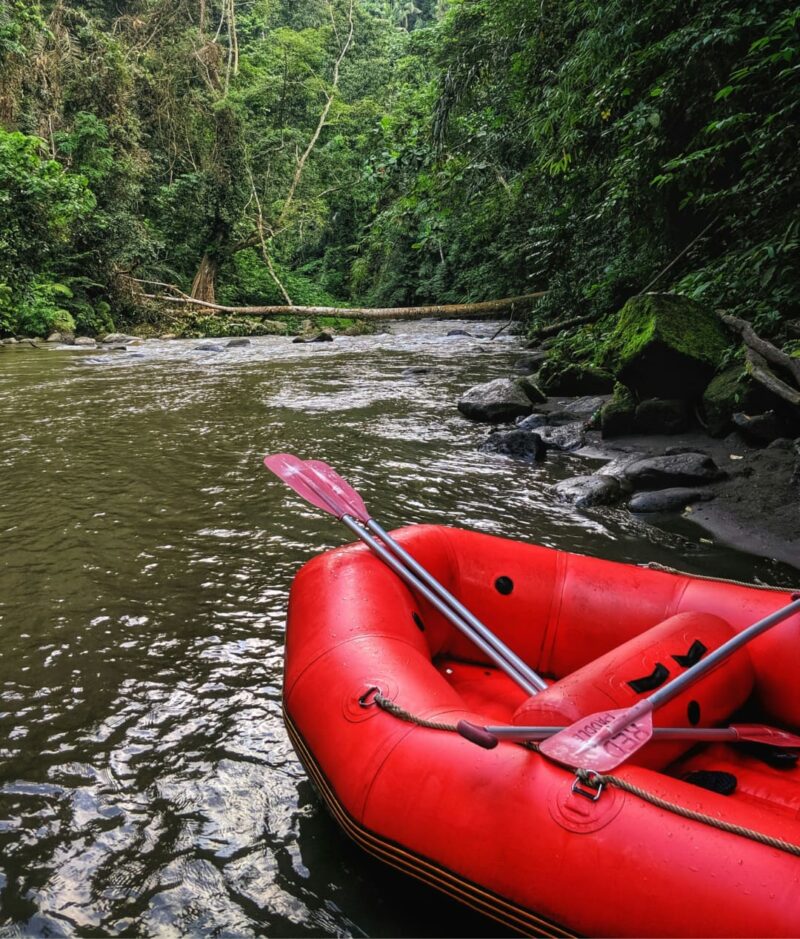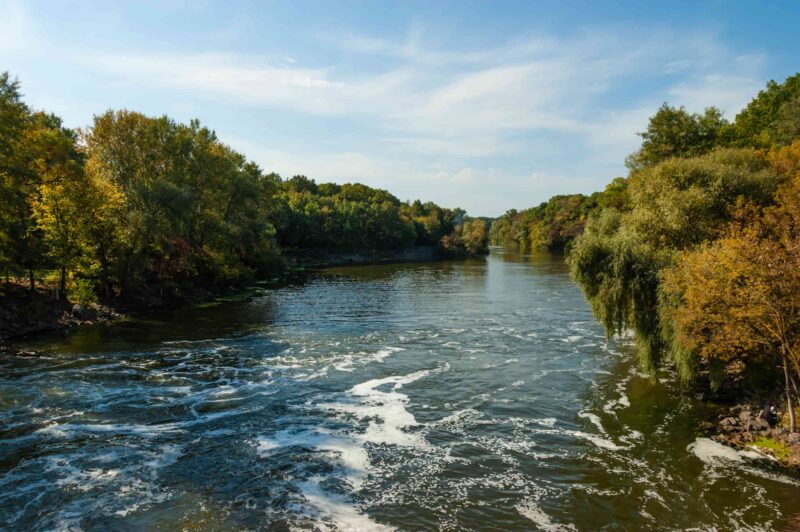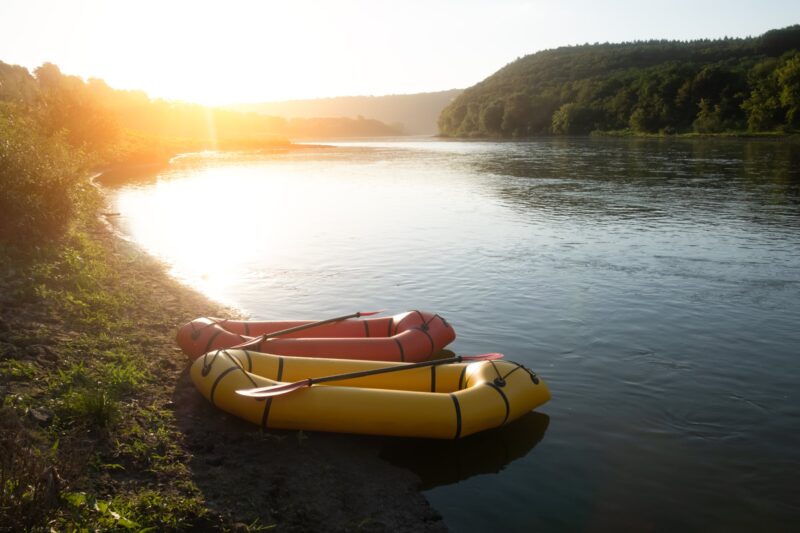As the air turns crisp and the leaves transform into a vibrant tapestry of oranges, reds, and yellows, there’s no better way to soak in the beauty of autumn than by planning a fall float trip with friends. McDonald County, Missouri, with its stunning waterways and lush landscapes, offers the perfect backdrop for an unforgettable float. Today’s blog will help you and your friends plan a fall river float, from choosing which river is suitable to packing river essentials.
Choosing the Perfect River
McDonald County boasts several picturesque rivers, ideal for a fall float trip. The Elk River and Big Sugar Creek are the two most popular rivers for float trips in McDonald County, Missouri. Each river offers a unique experience:
Elk River: Known for its gentle currents and clear waters, this river is suitable for those seeking a relaxing day of river floating.
Big Sugar Creek: Is an adventurous experience in the fall as the river’s water levels drop. With its changing river features, rivergoers face occasional rapids, portages, and quick maneuvering to avoid hitting the river bottom. It’s essential to keep your wits about you and follow safety guidelines when navigating challenging sections.
Planning a Fall Float
Once you’ve selected a river, begin researching entry and exit points. The 7.5-mile float down Elk River offered by local outfitter Lazy Days Resort is popular among college students. They can provide valuable information and equipment rentals, ensuring you have everything you need for a safe and enjoyable trip.
Packing Essentials for a Fall River Float
Packing the right gear is crucial for a successful float trip. Here’s a list of essentials:
Comfort Items: Sunscreen, hats, sunglasses, and water shoes.
Food and Drinks: Pack a cooler full of sandwiches, snacks, and plenty of water.
Weather-appropriate Clothing: For cooler temperatures, bring a light jacket or hoodie and a change of dry clothes for the ride home.
Remember all the safety gear: Life jackets, first aid kit, and a whistle for emergencies.
Waterproof Bags: For your phone, camera, and any other valuables.
Booking a Fall Float Trip in McDonald County, Missouri
Are you interested in planning a fall float trip in McDonald County, Missouri? Then, book a fall float for you and your friends with local outfitter Lazy Days Resort in Noel, Missouri, who offer equipment rentals and valuable information about Elk River and Big Sugar Creek.
A fall float trip in McDonald County, Missouri, is a perfect way for college students to escape on the weekends and create lasting memories with friends. By planning a fall river float with all the essentials, you and your friends will have an unforgettable adventure. Start planning your fall river float today!



